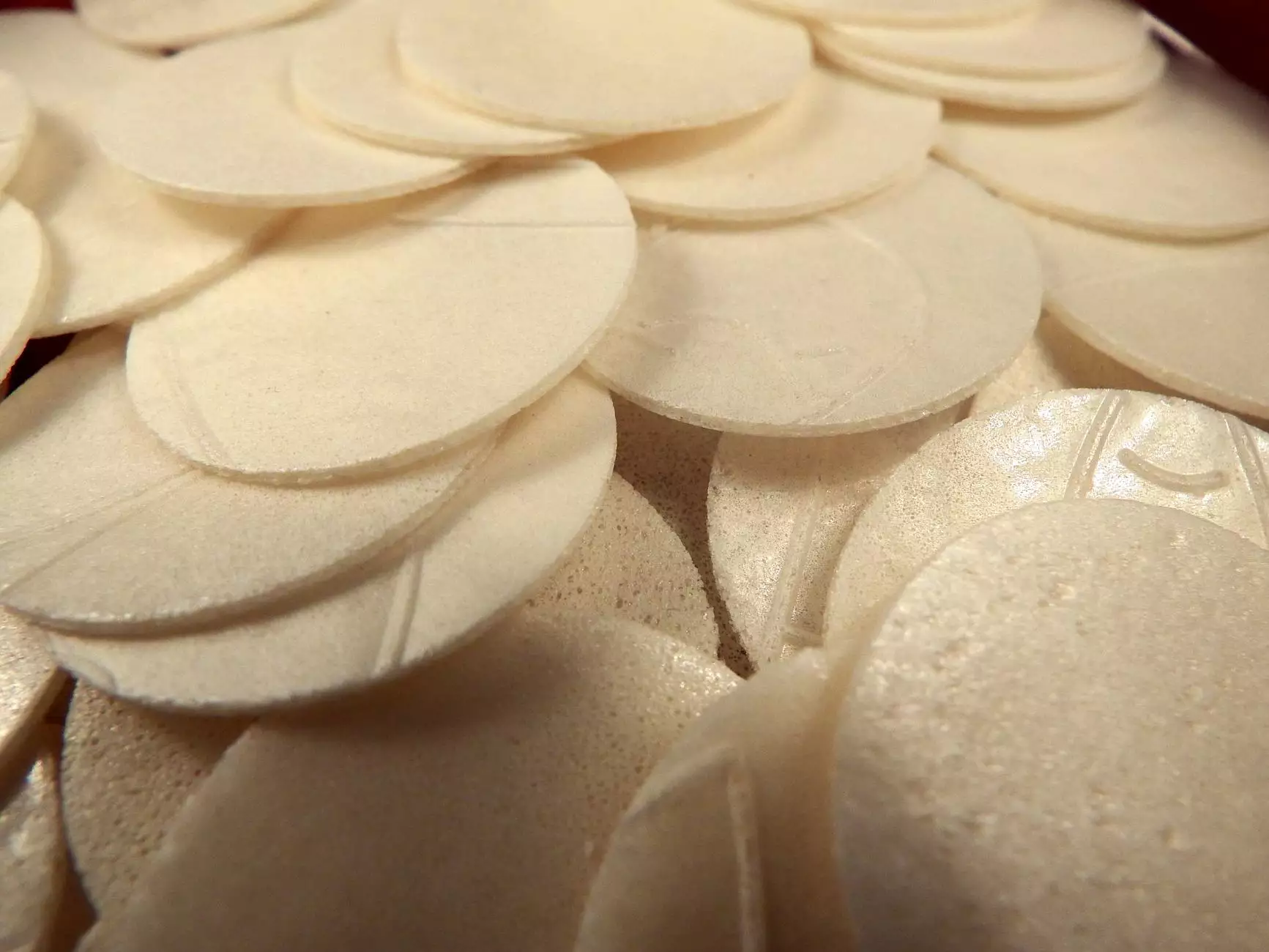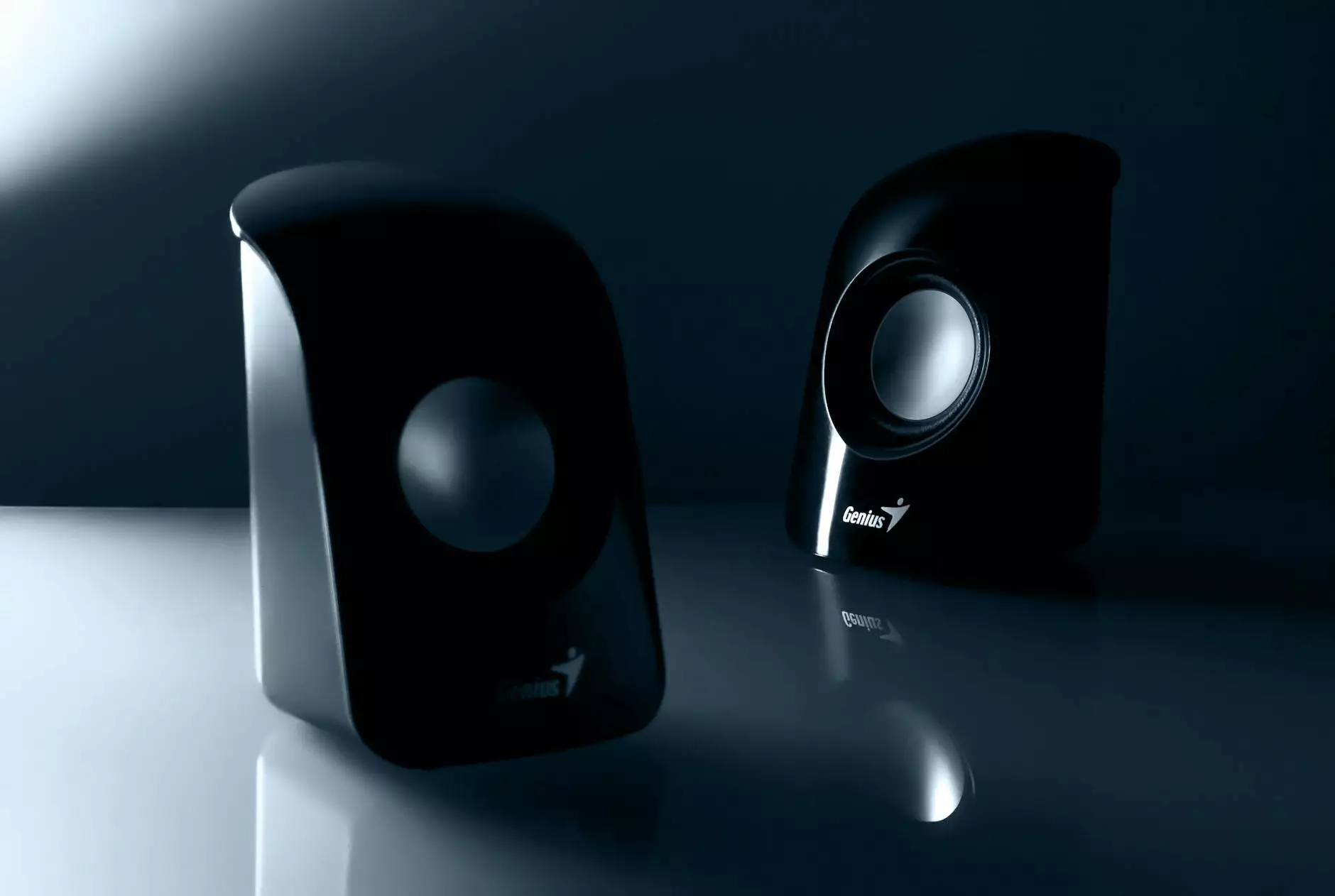Tendinopathy vs Tendonitis vs Tendinosis: Understanding the Differences

Tendons are the fibrous connective tissues that attach muscles to bones, playing a critical role in facilitating movement. However, they are susceptible to various conditions that can affect mobility and overall health. In this comprehensive article, we will delve into the nuances of tendinopathy, tendonitis, and tendinosis, helping you to differentiate between these terms and understand their implications.
What is Tendinopathy?
Tendinopathy is an umbrella term that describes the degeneration of a tendon due to chronic overuse or injury. It is characterized by pain, swelling, and impaired function of the affected tendon. While it includes various tendon conditions, it is often misconstrued as merely inflammation.
One key aspect of tendinopathy is that it may not always present with obvious signs of inflammation, leading to confusion with other conditions. This condition can affect any tendon in the body but is most commonly seen in the shoulders, elbows, knees, and Achilles tendon. Early diagnosis and treatment are crucial for effective management.
Tendonitis: A Subcategory of Tendinopathy
Tendonitis specifically refers to the acute inflammation of a tendon. This inflammation arises as a response to injury or repetitive strain, often characterized by intense pain and tenderness around the affected area. Common causes of tendonitis include:
- Repetitive motion or overuse
- Acute injury
- Age-related degeneration
Tendonitis typically presents with symptoms such as:
- Pain during movement
- Swelling and warmth around the tendon
- Stiffness in the early morning or after prolonged inactivity
Popular examples of tendonitis include Achilles tendonitis, golfer's elbow, and jumper's knee. Treatment usually involves rest, ice application, physical therapy, anti-inflammatory medications, and in severe cases, corticosteroid injections.
Tendinosis: The Degenerative Phase
Tendinosis refers to the chronic, degenerative condition of a tendon that occurs when tendonitis is left untreated. Over time, the repetitive stress on the tendon leads to micro-tears and an abnormal healing response, resulting in a loss of collagen organization. Unlike tendonitis, tendinosis is characterized by:
- Brittle and disorganized collagen fibers
- Minimal or no inflammation
The symptoms of tendinosis may include:
- Persistent pain that worsens with activity
- Stiffness and decreased range of motion
- The possibility of a "creaking" sensation during movement
Tendinosis is often found in tendons that experience repetitive loading, such as the patellar tendon in athletes. Treatment typically focuses on rehabilitation through strength training, physical therapy modalities, and sometimes shockwave therapy or surgical options if conservative measures fail.
Key Differences Among Tendinopathy, Tendonitis, and Tendinosis
Understanding the differences between tendinopathy, tendonitis, and tendinosis is vital for accurate diagnosis and appropriate treatment. Here’s a concise summary:
ConditionDefinitionSymptomsTreatmentTendinopathyGeneral term for tendon disordersPain, swelling, limited functionRest, physical therapy, strengtheningTendonitisAcute inflammation of a tendonSharp pain, swelling, warmthRest, ice, anti-inflammatory medicationsTendinosisChronic tendon degenerationLong-term pain, stiffness, creakingRehabilitation, strength training, possibly surgeryCauses of Tendon Disorders
The development of tendon conditions can often be traced to several fundamental causes:
- Overuse: Frequent repetitive movements or excessive load on tendons.
- Injury: Sudden trauma or strain can initiate inflammation or degeneration.
- Aging: Natural aging processes can reduce tendon elasticity and strength.
- Biomechanical imbalances: Poor posture or alignment can stress certain tendons disproportionately.
- Underlying health conditions: Diabetes, arthritis, or vascular issues can pre-dispose individuals to tendon conditions.
Diagnosing Tendon Conditions
Early and accurate diagnosis is crucial for effective treatment of tendon issues. Doctors typically perform the following:
- Physical examination: Assessment of symptoms, tenderness, and range of motion.
- Imaging tests: X-rays, ultrasounds, or MRIs may be ordered to evaluate the severity of the condition.
- Medical history: Discussion of past injuries, activities, and health can provide insights into the cause.
Treatment Options for Tendon Disorders
Effective management of tendon disorders often requires a multifaceted approach:
1. Rest and Activity Modification
Allowing the affected tendon to heal is crucial. Modifying activities to minimize strain can aid recovery.
2. Physical Therapy
A physical therapist can design a tailored exercise program that focuses on restoring strength, flexibility, and overall function.
3. Medications
Over-the-counter nonsteroidal anti-inflammatory drugs (NSAIDs) may alleviate pain and swelling. In some cases, corticosteroid injections can provide temporary relief.
4. Alternative Therapies
Modalities such as ultrasound therapy, cold laser therapy, and acupuncture may offer supplementary benefits.
5. Surgery
If conservative treatment fails, surgical options may be explored, especially in severe cases of tendinosis or tendon tears. Types of surgeries may include:
- Tenodesis: Reattaching the tendon to its original position
- Debridement: Removing damaged tissue from the tendon
Preventing Tendon Disorders
Preventative strategies can significantly reduce the risk of developing tendon conditions:
- Warm-up and cool-down: Gentle stretches before and after physical activity prepare and relax the tendons.
- Strength training: Improving overall strength supports the tendons and reduces overload.
- Ergonomics: Posture correction and ergonomically designed workspaces can alleviate unnecessary stress.
- Gradual increases in activity: Progressing slowly can allow the body to adapt to new exercises without overloading the tendons.
Conclusion: Understanding Your Tendon Health
In conclusion, differentiating between tendinopathy, tendonitis, and tendinosis is vital for appropriate treatment and management. Professionals in the Health & Medical, Chiropractors, and Physical Therapy fields play critical roles in diagnosing and treating these conditions effectively. By understanding the causes, symptoms, and treatment options available, you can take proactive steps toward maintaining optimal tendon health and preventing complications.
Stay informed, seek professional advice when necessary, and prioritize your physical well-being for a healthier future.
tendinopathy vs tendonitis vs tendinosis








